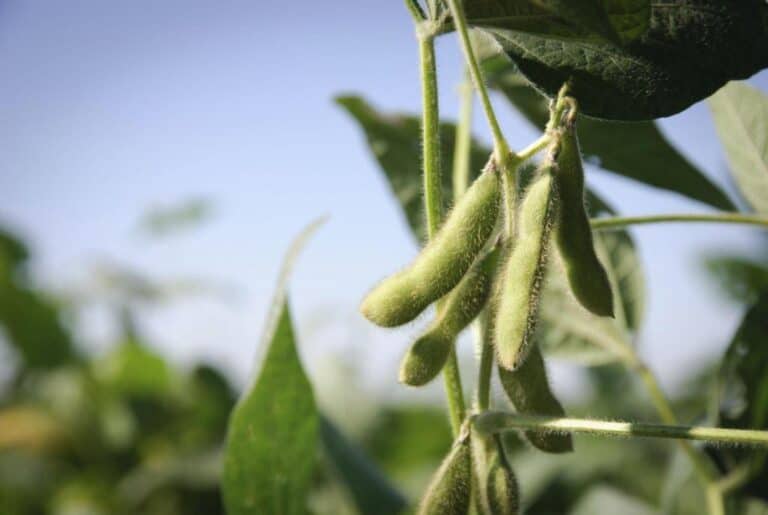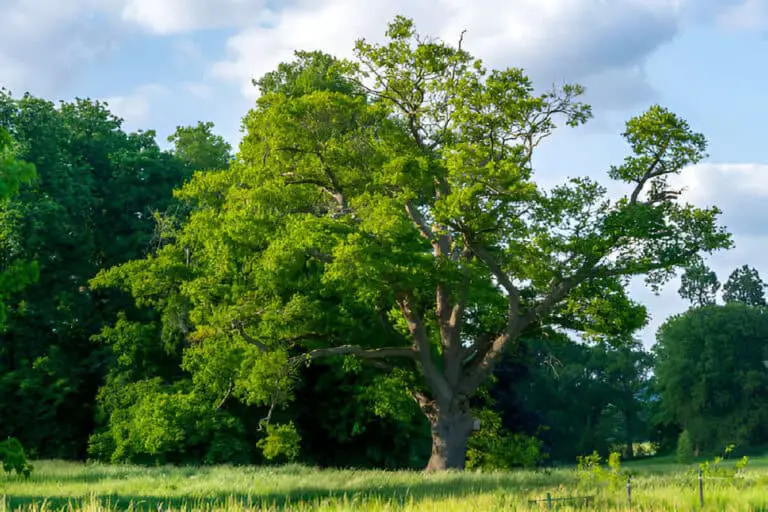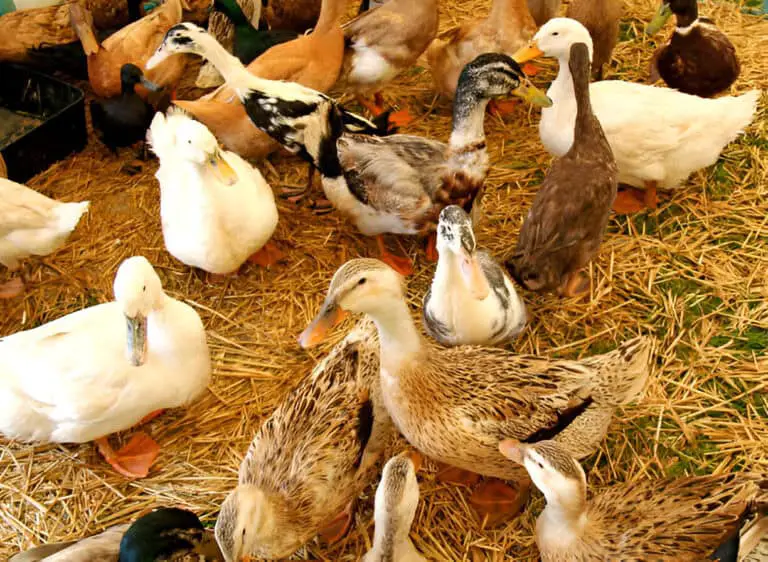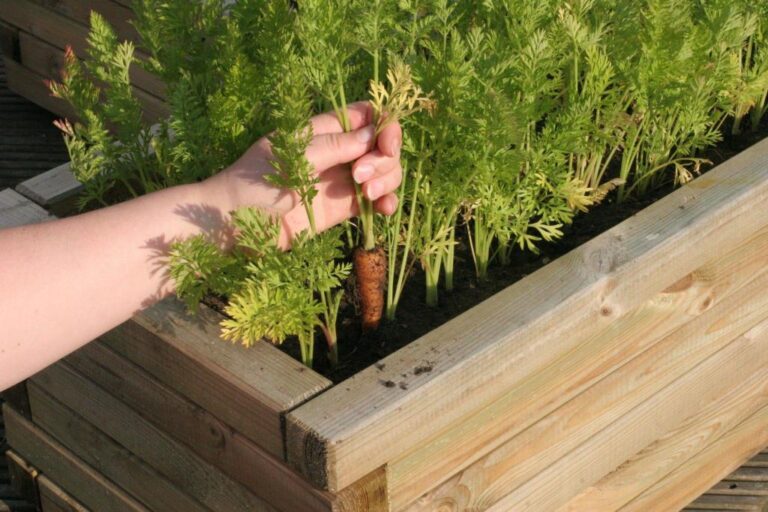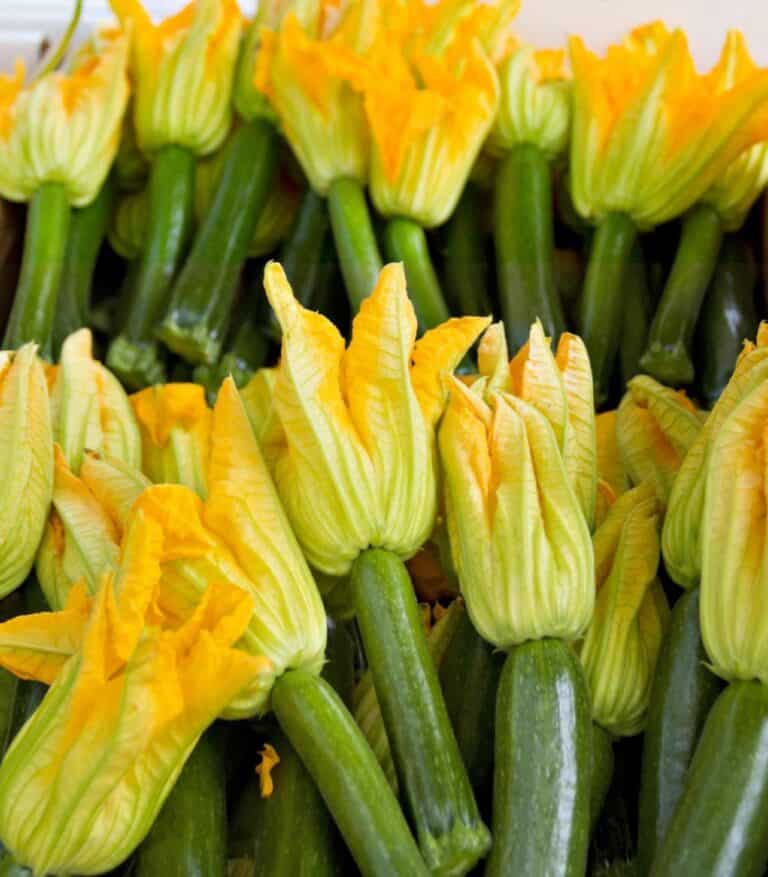When to Plant Dahlias in New Zealand: Optimal Seasons and Tips
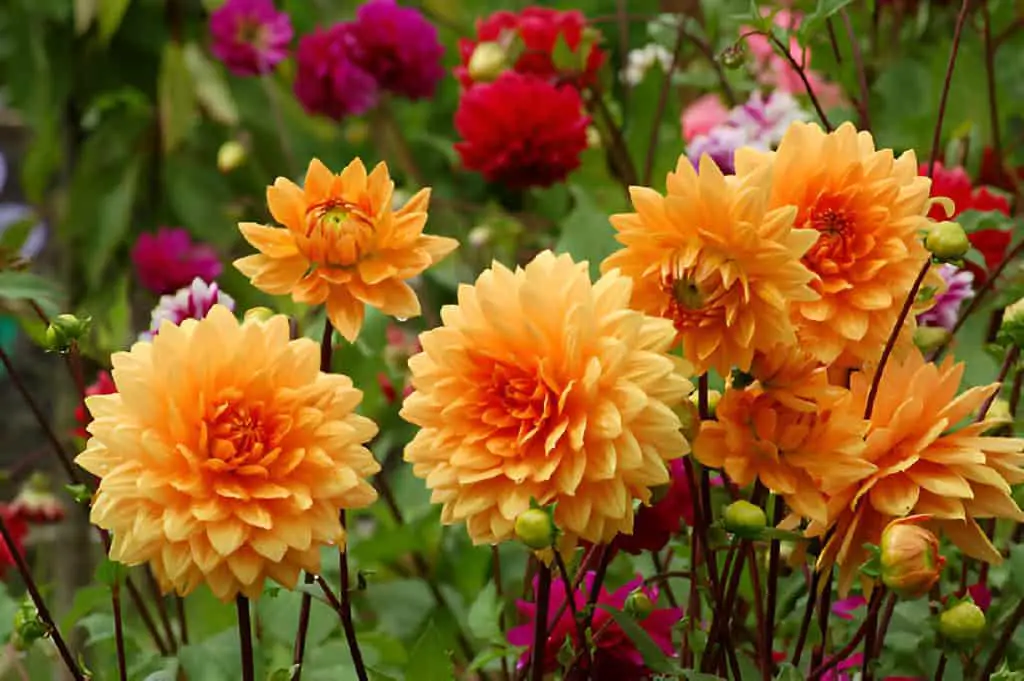
Dahlias are a beloved choice for gardeners in New Zealand, renowned for their vibrant colors and diverse range of flower shapes and sizes. These stunning blooms can transform any garden. They create a vivid display of natural beauty. So, they are a favorite of both novice and experienced gardeners.
Dahlias come in many varieties, from tiny pompons to huge, dinner-plate blooms. They offer endless options for stunning garden arrangements. Their ability to thrive in New Zealand’s climate further adds to their widespread appeal.
Importance of Timing When Planting Dahlias
Timing is crucial when planting dahlias to ensure they reach their full potential. Planting at the right time helps dahlias establish strong roots. It also maximizes their bloom period. Gardeners can then enjoy their vibrant displays for longer.
In New Zealand, it’s essential to wait until the risk of frost has passed before planting dahlia tubers. This careful timing protects the young plants from frost. It gives them the best start to their growth cycle.
Planting too early or too late can significantly impact the growth and health of dahlias. Early planting may expose the tubers to cold soil temperatures, hindering their development. Late planting can shorten the bloom time. Gardeners may miss the flowers’ full beauty. Therefore, understanding and adhering to the optimal planting times is a key factor in successful dahlia cultivation.
Understanding New Zealand’s Climate
New Zealand’s climate is diverse. The north is subtropical, while the south is cooler and temperate. This variation can significantly impact the growth and blooming of dahlias.
Climate Zones in New Zealand
- Northland and Auckland: Warm and humid, ideal for dahlia growth.
- Wellington and the Central Plateau: Mild with more significant seasonal changes.
- Canterbury and Otago: Cooler temperatures, suitable for dahlias with proper timing and care.
Seasonal Overview
- Spring (September to November): Prime time for planting dahlia tubers as the risk of frost diminishes.
- Summer (December to February): Growth and blooming period, requiring regular watering and care.
- Autumn (March to May): Harvesting time for blooms; preparing tubers for winter storage.
- Winter (June to August): Dormant period, ideal for tuber storage and soil preparation.
Best Time to Plant Dahlias
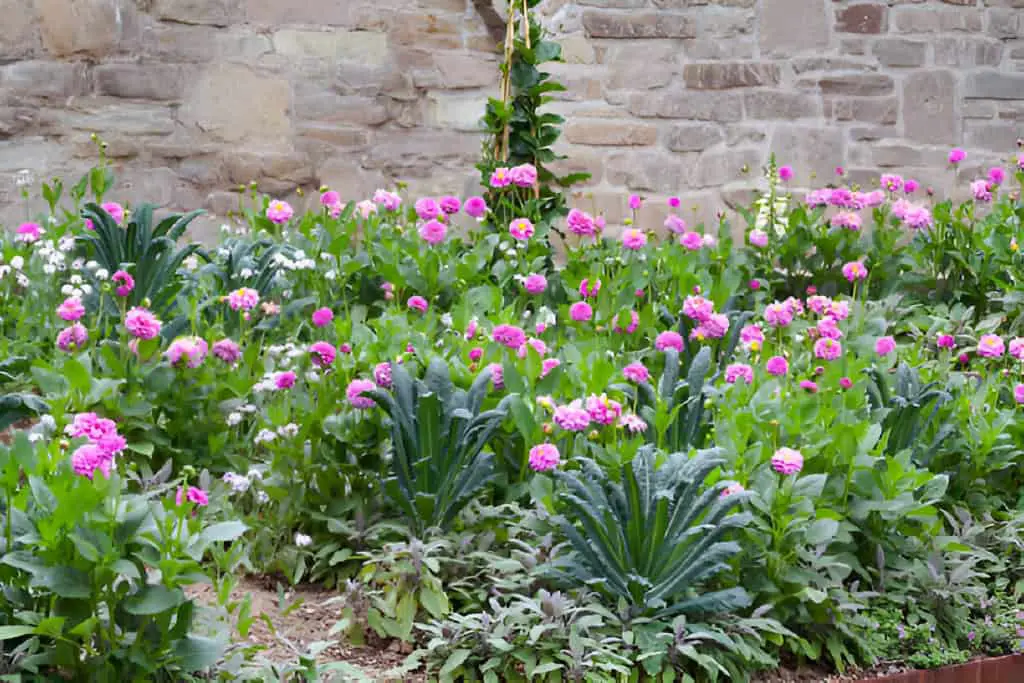
The optimal time to plant dahlias in New Zealand is in the spring, once the risk of frost has passed. This timing allows dahlias to establish a strong root system and flourish throughout the warmer months.
Planting in Different Regions
North Island
- Optimal Planting Period: Late September to early November.
- Benefits: Warmer temperatures promote quick establishment and growth.
- Considerations: Ensure adequate spacing to prevent overcrowding in humid conditions.
South Island
- Optimal Planting Period: Mid-October to late November.
- Benefits: Mild spring temperatures support healthy growth.
- Considerations: Protect young plants from late spring frosts in cooler areas.
Planting Calendar for Different Regions
| Region | Optimal Planting Period | Key Considerations |
| Northland | Late September – Early November | Ensure soil is well-drained |
| Auckland | Late September – Early November | Space plants adequately |
| Wellington | Mid-October – Early November | Mild spring temperatures |
| Canterbury | Mid-October – Late November | Protect from late frosts |
| Otago | Mid-October – Late November | Cooler regions may need more care |
Preparing the Soil to Plant Dahlias
Dahlias thrive in well-drained, fertile soil with a slightly acidic to neutral pH. Proper soil preparation is crucial to ensuring healthy growth and abundant blooms.
Soil Testing and Amendment
- Test the Soil: Determine the pH level and nutrient content.
- Amend the Soil: Add compost or well-rotted manure to improve fertility and drainage.
Bed Preparation
- Loosening the Soil: Till the soil to a depth of 30 cm to encourage root penetration.
- Mulching: Apply a layer of mulch to retain moisture and suppress weeds.
Choosing the Right Dahlia Varieties
Selecting the right dahlia varieties can enhance the visual appeal of your garden. Dahlias come in various forms, including pompon, cactus, and dinnerplate types.
Factors to Consider
- Flower Size: Choose from small pompons to large dinnerplate varieties based on garden space.
- Bloom Color: Select colors that complement your garden design.
- Growth Habit: Use dwarf varieties for pots and borders. Use taller ones for backgrounds.
Popular Dahlia Varieties
- Pompon Dahlias: Small, spherical blooms perfect for borders.
- Cactus Dahlias: Spiky petals create a dramatic effect.
- Dinnerplate Dahlias: Large blooms up to 30 cm in diameter, ideal for making a statement.
Planting Dahlia Tubers
Selecting the Planting Site
Choose a sunny location that receives at least six hours of sunlight daily. Ensure the soil is well-drained to prevent tuber rot.
Planting Steps
- Planting Depth: Plant tubers about 10-15 cm deep, with the eye facing up.
- Spacing: Space tubers 30-60 cm apart, depending on the variety.
- Watering: Water thoroughly after planting to settle the soil around the tubers.
Step-by-Step Guide
- Prepare the Soil: Loosen and enrich the soil with compost.
- Dig Holes: Create holes 10-15 cm deep for each tuber.
- Place Tubers: Position tubers in the holes with the eye up.
- Cover and Water: Cover with soil and water well.
| Read: When to Plant Dahlias in UK: Best Timing for Optimal Growth |
Caring for Dahlia Plants
Watering
Consistent watering is essential for dahlia health, particularly during dry periods.
- Frequency: Water deeply once or twice a week, depending on weather conditions.
- Method: Use a soaker hose or drip irrigation to water at the base of the plants.
Fertilizing
Dahlias benefit from regular fertilization to support their vigorous growth and blooming.
- Type: Use a balanced, slow-release fertilizer or a bloom-boosting formula.
- Application: Fertilize every 3–4 weeks during the growing season.
Mulching
Mulching helps retain soil moisture, regulate temperature, and suppress weeds.
- Mulch Type: Use organic mulch such as straw or bark.
- Depth: Apply a 5-10 cm layer around the plants.
Staking and Supporting Dahlias
Tall dahlia varieties may require staking to keep their stems upright, especially in windy areas.
Staking Techniques
- Method: Use sturdy stakes and garden twine to support the stems.
- Timing: Stake the plants when they reach about 30 cm in height.
Deadheading
Remove spent flowers to encourage continuous blooming and maintain a tidy appearance.
- Timing: Deadhead regularly as flowers fade.
- Method: Cut the flower stem back to a leaf joint.
| Read: How to Trim Dahlia Plant: In-depth Pruning Guide |
Pest and Disease Management
Regular monitoring and prompt action can prevent pest and disease issues in dahlia plants.
Common Pests
- Aphids: Small insects that suck sap from the leaves.
- Slugs and Snails: Can damage young shoots and flowers.
- Spider Mites: Tiny pests causing stippling on leaves.
Common Diseases
- Powdery Mildew: Fungal disease causing a white coating on leaves.
- Botrytis Blight: Fungal disease resulting in gray mold on flowers.
- Verticillium Wilt: Soil-borne fungus causing wilting and yellowing.
Control Methods
- Natural Predators: Encourage beneficial insects like ladybugs and lacewings.
- Organic Sprays: Use neem oil or insecticidal soap to control pests.
- Good Hygiene: Remove and dispose of infected plant material.
Overwintering Dahlia Tubers
In colder regions, dahlias must be dug up and stored over winter to protect them from frost.
Digging Up Tubers
- Timing: Lift tubers after the first frost when foliage has died back.
- Method: Carefully dig around the plant and lift the tubers with a garden fork.
Cleaning and Storing Tubers
- Cleaning: Remove soil and allow tubers to dry for a few days.
- Storing: Store tubers in a cool, dry place in boxes filled with peat moss or sawdust.
Step-by-Step Overwintering Guide
- Lift Tubers: Dig up tubers after the first frost.
- Clean Tubers: Remove soil and let them dry.
- Store Tubers: Place in boxes with peat moss or sawdust.
Dividing Dahlia Tubers
Dividing dahlia tubers every few years can rejuvenate the plants and increase your stock.
When to Divide
- Frequency: Every 2-3 years or when plants become crowded.
- Timing: Divide tubers in late winter to early spring before planting.
How to Divide
- Lifting Tubers: Carefully dig up the clumps of tubers.
- Separating Tubers: Gently separate the tubers, ensuring each division has an eye.
- Replanting: Replant the divided tubers at the appropriate depth and spacing.
Conclusion
Planting dahlias in New Zealand can be a rewarding experience, offering a burst of color and fragrance to your garden. By knowing the best planting times and prepping the soil, you can enjoy a stunning display of dahlias each year. Care for them consistently, too.
These guidelines will help your dahlia plants thrive, whether you are in the North or South Island. They will beautify your outdoor space. With the right approach, you can create a breathtaking floral display that will be the envy of your neighborhood.


